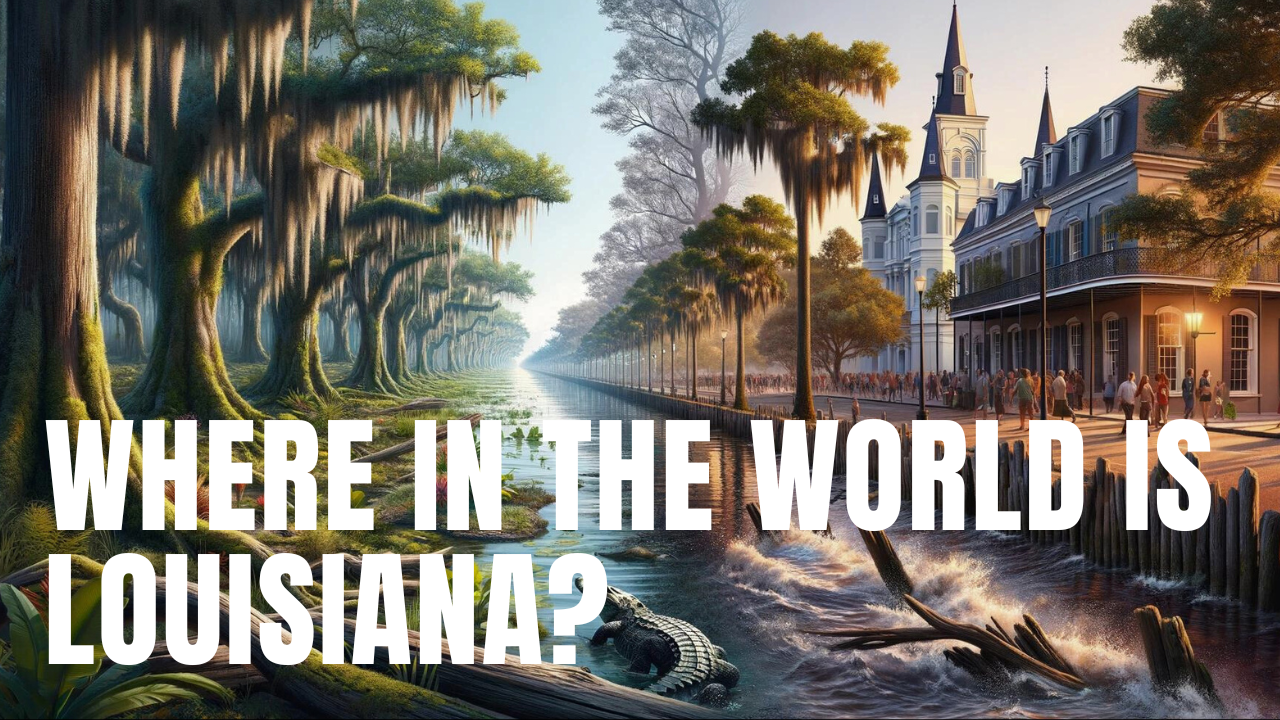Where in the World is Louisiana

Located in the southern United States, bordering Arkansas to the north and the Gulf of Mexico to the south, Texas to the west and Mississippi to the east, Louisiana boasts 52,378 square miles of diverse topography and culture, including five natural regions consisting of the Coastal Marsh, the Mississippi Flood Plane, the Red River Valley, the Terraces and the Hills. For centuries, the Coastal Marsh and the Mississippi Flood Plane has served as a transitional buffer against high seas and damaging storms, however in recent years, the protective region has been greatly diminished, leading to repeated inland flooding from hurricanes and tropical storms.
Rich Fishing Grounds
Despite the region’s losses, Louisiana’s rich fishing grounds still makes it home to the second-largest seafood industry in the U.S. Of the state’s nearly 5,000 miles of navigable rivers, bayous, creeks, and canals, the Red and Mississippi Rivers comprise the state’s largest waterways, as well as her most important economic arteries, shipping the region’s natural resources such as natural gas and oil into five deepwater ports in proximity to the Gulf of Mexico, as well as goods and resources from the American midwest. The state also provides agricultural wealth for her population of nearly 4.7 million people, producing large quantities of cotton, soybeans and rice, while the Terrace and Hill Regions to the north and northeast of the Mississippi Delta provides the forest industry with 13 million acres of hardwood and pine.
Multiple Overlords
Governed under ten different flags since the early 1540s, Louisianians and tourists alike enjoy a cultural gumbo of ethnicities, cuisine, music, language and customs, including the importation of African and Afro-Caribbean slaves, mixed European and African creoles and French-speaking Acadians who arrived into Louisiana after their expulsion from Canada when the British took control of Nova Scotia, injecting their own brand of music, food and language into greater south central Louisiana. Considered the birthplace of jazz, New Orleans streets and nightclubs still resonate with a distinctive style of music, while the pre-Lenten celebration of Mardi Gras fills streets and ballrooms with colorful parades and Mardi Gras balls, leading up to Fat Tuesday, which always falls 47 days before Easter, making the state of Louisiana, a cultural diamond in the southern U.S.
